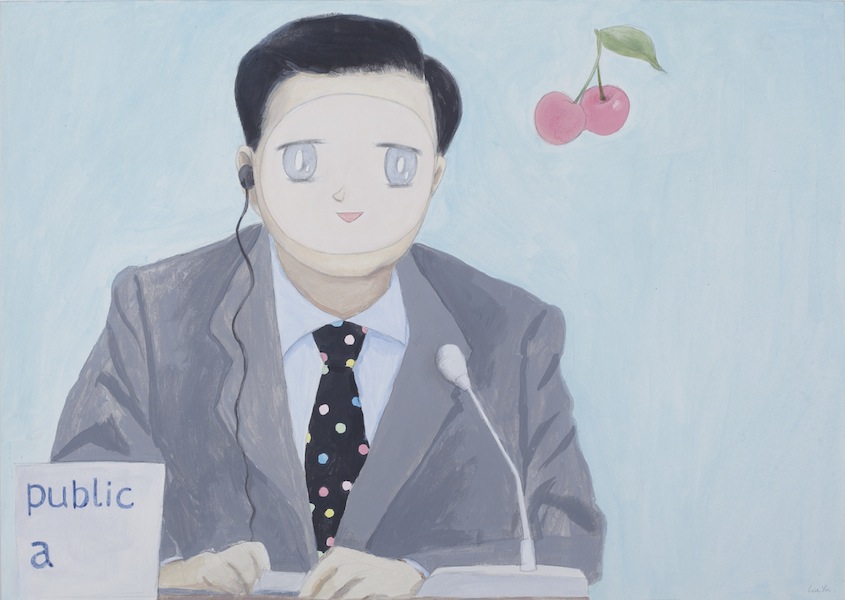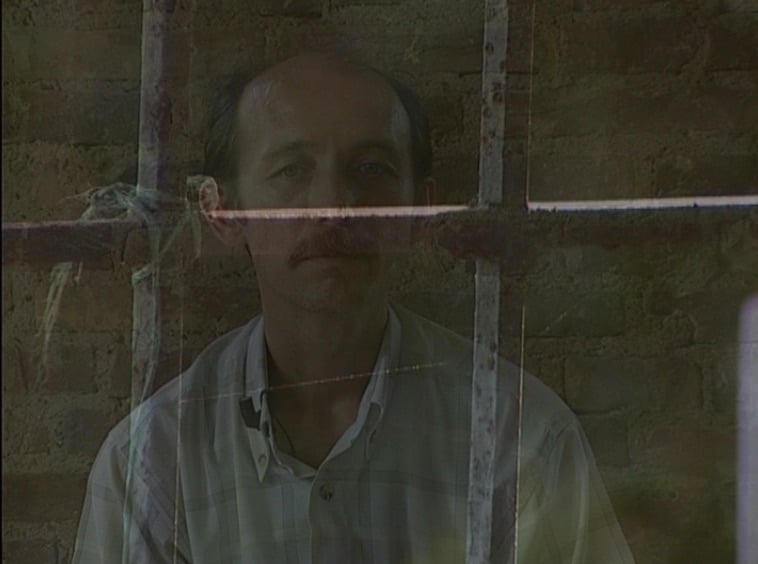Be Oblivion, in Disconnect
2011 - Installation (Installation)
Dimensions Variable
Natasha Wheat
Wheat’s work is built on a strong conceptual framework that weaves together commentary on social and political issues and the radical potential for change. Be Oblivion, in Disconnect (2011) is a sculpture and an intervention. Two cardboard boxes house white neon letters that collectively have the potential to spell “Be Oblivion.” The dismembered phrase is rendered powerless in its present state; the potential power lies with the viewer, who could conceivably reconstruct it. The boxes sit on wooden pallets of the kind typically used for shipping; by painting them white and repurposing them as pedestals, Wheat removes them from circulation as carriers of commodities. The simple cardboard boxes are also discarded shipping materials. The words “Be Oblivion” are a seeming command to fade away into obscurity. This simple phrase resonates as a harbinger of defeat. Perhaps the provocative installation is a pointed statement about our collective loss of power: in politics, commerce, war, international relations, social issues, or all of these. Wheat asks us to resurrect her jumbled phrase in our minds, contemplate it, and see if it is time for an insurrection.
Natasha Wheat’s diverse body of work explores social experience as a sensual phenomenon that is riddled with hierarchical complexity. Her objects, installations, and interventions engender and disrupt a full range of interpersonal relations. Wheat was the founder of Project Grow, an art studio and urban farming program based in Portland, Oregon, that employed developmentally disabled adults and investigated the intersection of food, ideology, society, and exchange. She earned her BFA from the School of the Art Institute of Chicago and an MFA with an emphasis in social practice from California College of the Arts.
Colors:
Related works featuring themes of: » Abstract, » Contemporary Conceptualism, » Dark, » Focus on Materials, » American
» see more

© » KADIST
Wong Wai Yin
2021Drawn from the widely circulated images of protests around the world in support of women rights and racial equality, the phrase I can’t believe we are still protesting is both the title of Wong Wai Yin’s photographic series and a reference to similar messages seen on protest signages...
Other related works, blended automatically
» see more

© » KADIST
Natasha Wheat
2011Natasha Wheat’s Kerosene Triptych (2011) is composed of three images, one each from the digital files of the Library of Congress, the Smithsonian Institution, and the Field Museum tropical research archive...

© » KADIST
Wong Wai Yin
2021Drawn from the widely circulated images of protests around the world in support of women rights and racial equality, the phrase I can’t believe we are still protesting is both the title of Wong Wai Yin’s photographic series and a reference to similar messages seen on protest signages...
Related works sharing similar palette
» see more

© » ARTNEWS RETROSPECTIVE
Mary Weatherford Revisits an ARTnews Profile of Joan Mitchell – ARTnews.com Skip to main content By Alex Greenberger Plus Icon Alex Greenberger Senior Editor, ARTnews View All September 4, 2020 10:27am ©ARTnews In 1957, art critic Irving Sandler paid a visit to the studio of painter Joan Mitchell , an Abstract Expressionist known for her brushy images capturing nature...

© » KADIST
Milena Bonilla
2009Milena Bonilla’s discursive practice explores connections among economics, territory, and politics through everyday interventions...

© » KADIST
Oren Pinhassi
2020Oren Pinhassi’s work examines the relationship between the human figure and the built environment...

© » KADIST
Marcelo Cidade
2010Adição por subtração 4 (Addition by Subtraction, 2010) is an intervention into the white cube with both beautiful and intimidating results...
Other works by: » Natasha Wheat
» see more

© » KADIST
Natasha Wheat
2011Natasha Wheat’s Kerosene Triptych (2011) is composed of three images, one each from the digital files of the Library of Congress, the Smithsonian Institution, and the Field Museum tropical research archive...
Related works found in the same semantic group
» see more

© » ARTS EQUATOR
“Closer” at Both Sides, Now: What Do We Choose to Remember? | ArtsEquator Thinking and Talking about Arts and Culture in Southeast Asia Articles Zinkie Aw for Both Sides, Now October 29, 2018 By Loo Zihan (1430 words, six-minute read) “What will we forget? What do we hold on to? What will we remember? What do we let go of?” These were the questions posed by a volunteer in Mandarin to my 67-year-old mother at a void deck in Chong Pang...

© » KADIST
Audra Knutson
2009Audra Knutson’s work The Oblivion was carved and printed in conjunction with the print The Death ...





